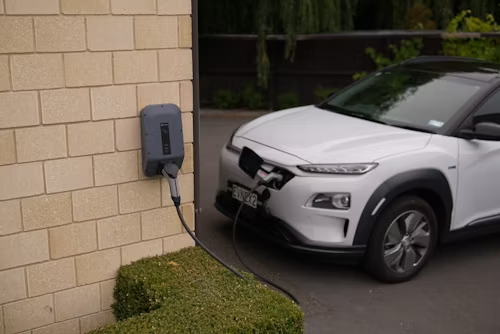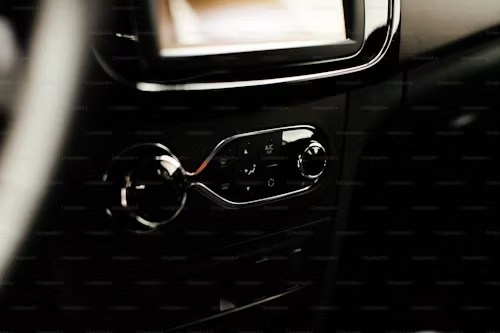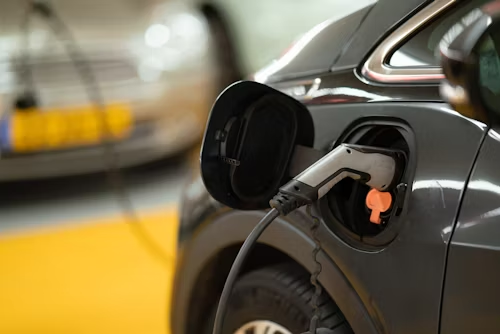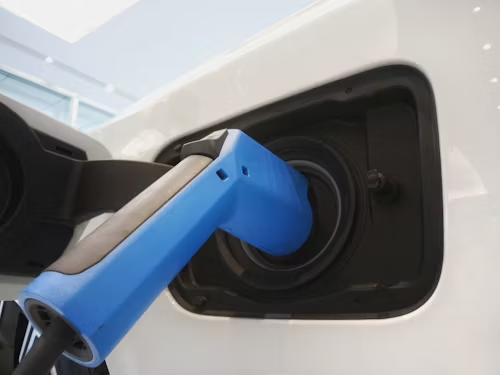Revitalize Your Ride: The Path to Sustainability Through Electric Vehicle Retrofitting and Smart Eco-Modifications

As the world increasingly shifts toward sustainable transportation, many car owners face a dilemma: continue using their gas-powered vehicles that contribute to environmental degradation or invest in a brand-new electric vehicle (EV). However, there is a third option that is both eco-friendly and cost-effective: electric vehicle retrofitting. This innovative solution, alongside smart car eco-modifications, is transforming the automotive industry by providing electric vehicle solutions that extend the life of existing vehicles while reducing carbon emissions.
Understanding Electric Vehicle Retrofitting
Electric vehicle retrofitting involves converting a conventional internal combustion engine vehicle into an electric-powered one. This process typically includes removing the gasoline engine, fuel system, and exhaust components, and replacing them with an electric motor, a battery pack, and other necessary electric drivetrain components. The outcome is a fully functional electric vehicle that retains the original body and aesthetics of the car but runs entirely on electricity.
Here are several reasons why vehicle owners are increasingly considering EV retrofitting:
- Eco-friendliness: Retrofitting reduces the carbon footprint of existing vehicles, contributing to a cleaner environment.
- Cost-effectiveness: It can be more affordable than purchasing a new electric vehicle, especially when considering the rising prices of new EV models.
- Preservation: Retrofits allow owners to keep vintage or model-specific vehicles that they are emotionally attached to, all while upgrading to modern, cleaner technology.
- Incentives: Many regions offer financial incentives for electric vehicles, including retrofits, such as tax reductions or rebates.
Smart Car Eco-Modifications: Enhancing Efficiency and Sustainability
Smart car eco-modifications are changes or additions to a vehicle that improve its environmental performance and energy efficiency. These modifications vary widely, from simple DIY projects to more complex adjustments requiring professional assistance. Common eco-modifications include:
- Aerodynamic Adjustments: Installing spoilers, side skirts, and front air dams can reduce air drag and improve fuel efficiency.
- Weight Reduction: Removing unnecessary weight from the car can lead to significant energy savings, as less power is required to move the vehicle.
- Tire Optimization: Using low rolling resistance tires can increase the range and efficiency of electric vehicles.
- Energy-efficient Lighting: Switching to LED lights reduces energy consumption and enhances the vehicle's battery life.
Implementing these modifications not only boosts the efficiency of your vehicle but also aligns with broader environmental goals by reducing emissions and conserving energy.
Exploring Electric Vehicle Solutions: Retrofit Kits and Professional Services
For those interested in converting their vehicles to electric, numerous electric vehicle solutions exist, ranging from comprehensive retrofit kits to professional retrofit services. Choosing the right option depends on the vehicle type, desired performance outcomes, and budget.
Retrofit Kits: These kits are designed for specific vehicle models and include all necessary components, such as the motor, battery pack, and controller. They are ideal for mechanically inclined individuals who can handle substantial DIY projects.
Professional Retrofit Services: Many companies now specialize in vehicle conversions, offering tailored solutions that ensure a high level of integration and performance. These services are particularly beneficial for those who prefer a turnkey solution.
Cost Analysis of Electric Vehicle Retrofitting
Transitioning to electric via retrofitting involves certain costs, which can vary widely based on several factors:
- Type of Vehicle: Larger vehicles require more powerful motors and bigger battery packs, which can increase the overall cost.
- Choice of Components: High-performance batteries and motors are more expensive but offer better range and durability.
- Installation: Professional installation can be costly but ensures that the vehicle operates safely and efficiently.
Despite these costs, retrofitting can still be a financially viable option compared to buying a new electric vehicle, particularly when considering the long-term savings on fuel and maintenance.
Legal Considerations and Compliance
Before undertaking an electric vehicle retrofit, it is crucial to understand the legal implications and requirements. Many countries and states have specific regulations regarding vehicle modifications, including safety standards and emissions controls. It is important to ensure that your retrofitted vehicle is street legal and complies with all local regulations to avoid penalties.
Contacting local transportation authorities or consulting with a professional retrofitting company can provide valuable guidance and help navigate the complex regulatory landscape.
Conclusion: Driving Towards a Greener Future
Electric vehicle retrofitting and smart car eco-modifications represent powerful tools in the fight against climate change, offering a second life to older vehicles and reducing overall environmental impact. By embracing these electric vehicle solutions, car owners can enjoy the benefits of electric driving without the need to purchase new electric vehicles, making a positive impact on both the environment and their wallets.
As the technology continues to advance and more resources become available, retrofitting is likely to become an increasingly popular option for those looking to transition to sustainable transportation. It's a smart choice for the eco-conscious consumer, combining innovation, cost-effectiveness, and environmental responsibility in one comprehensive package.



